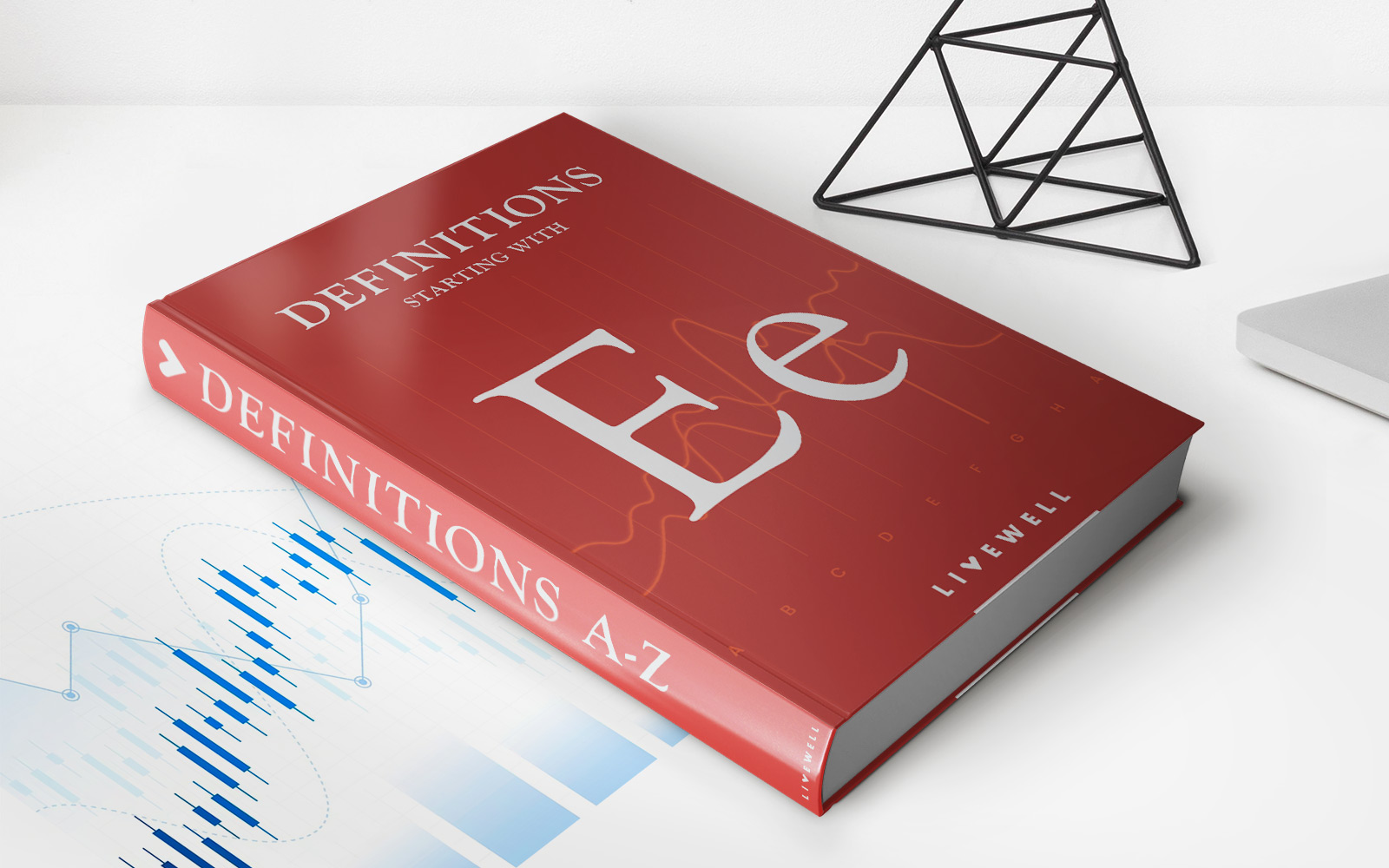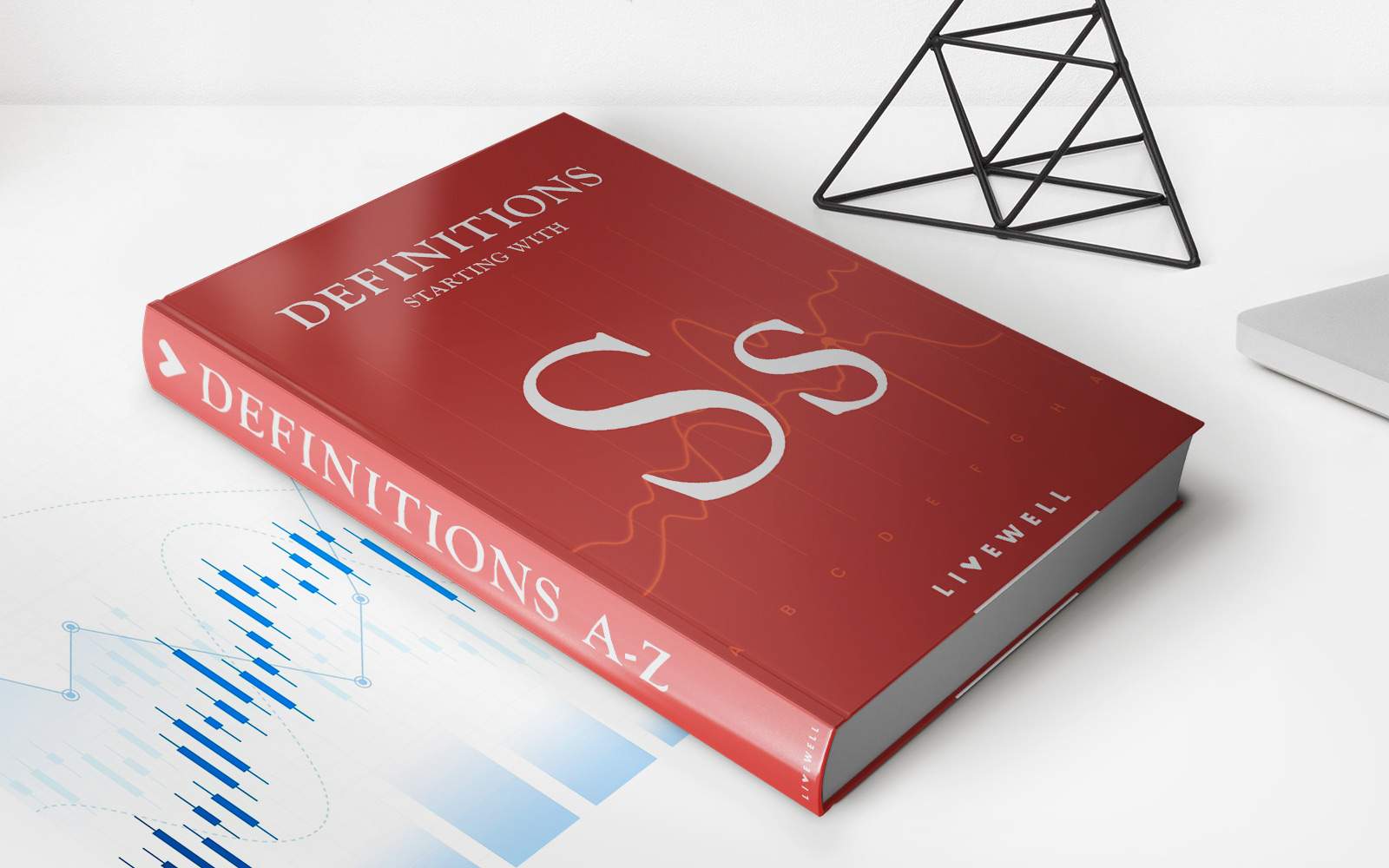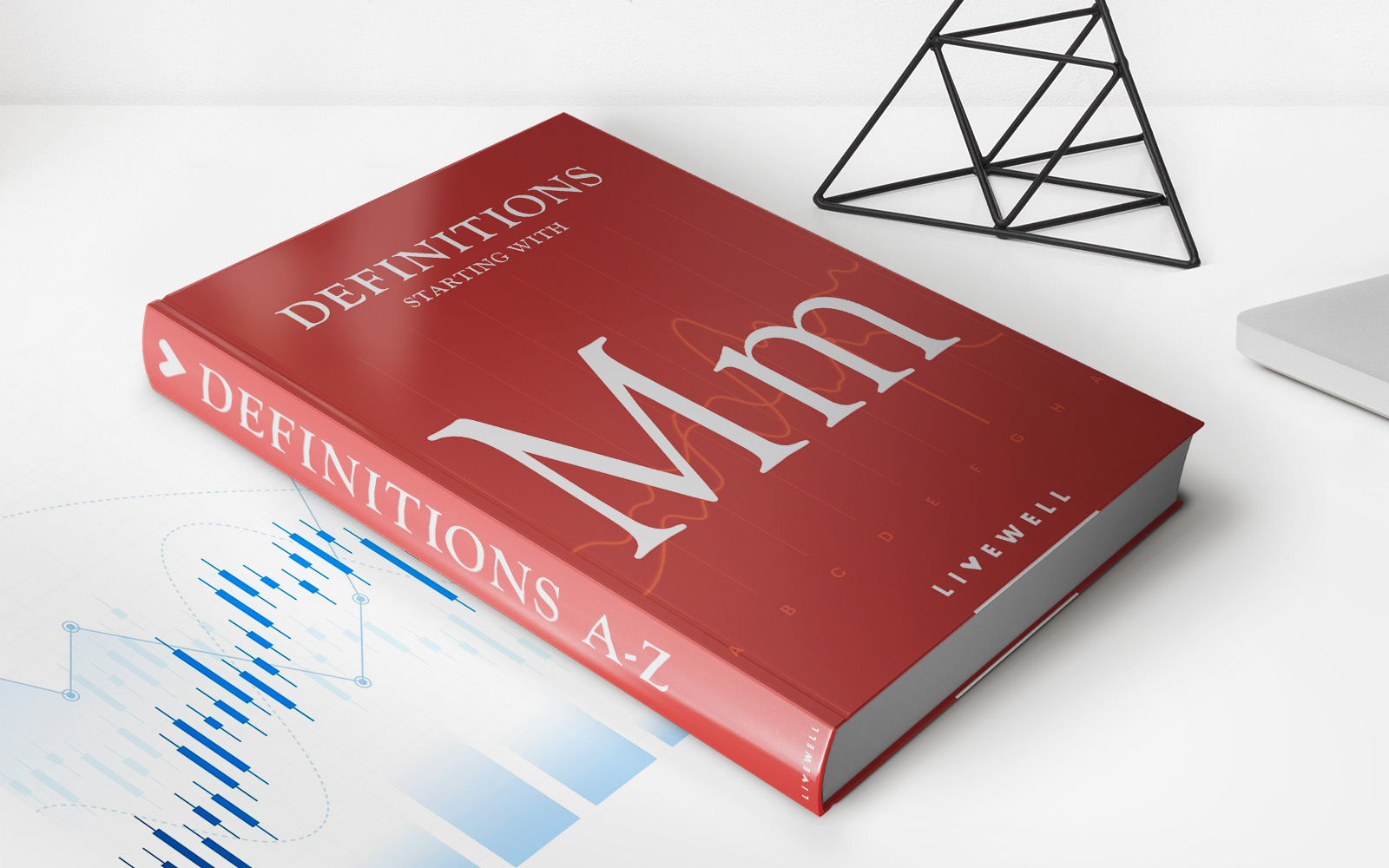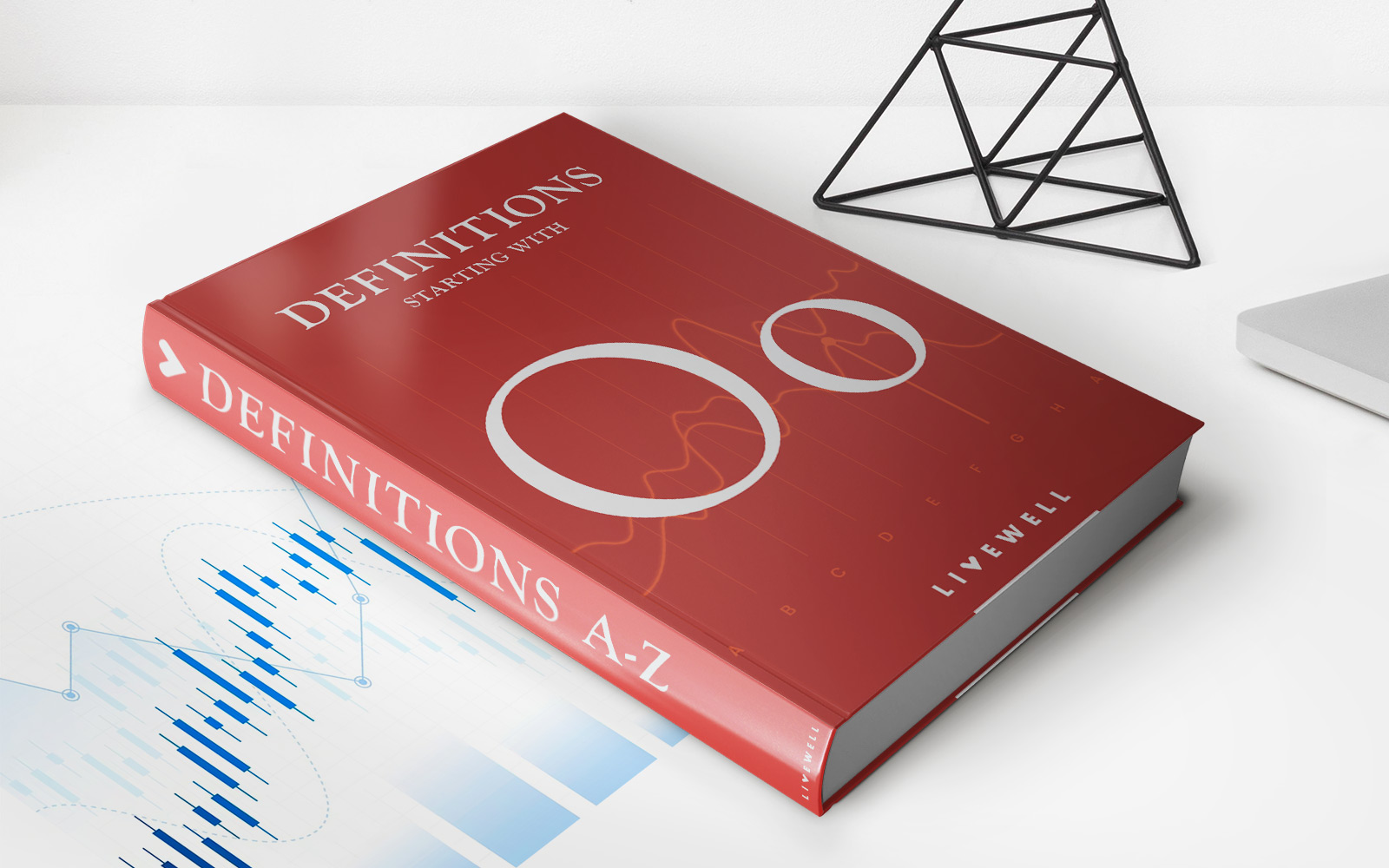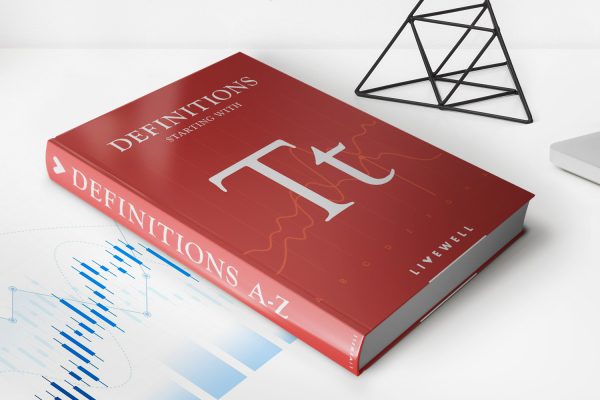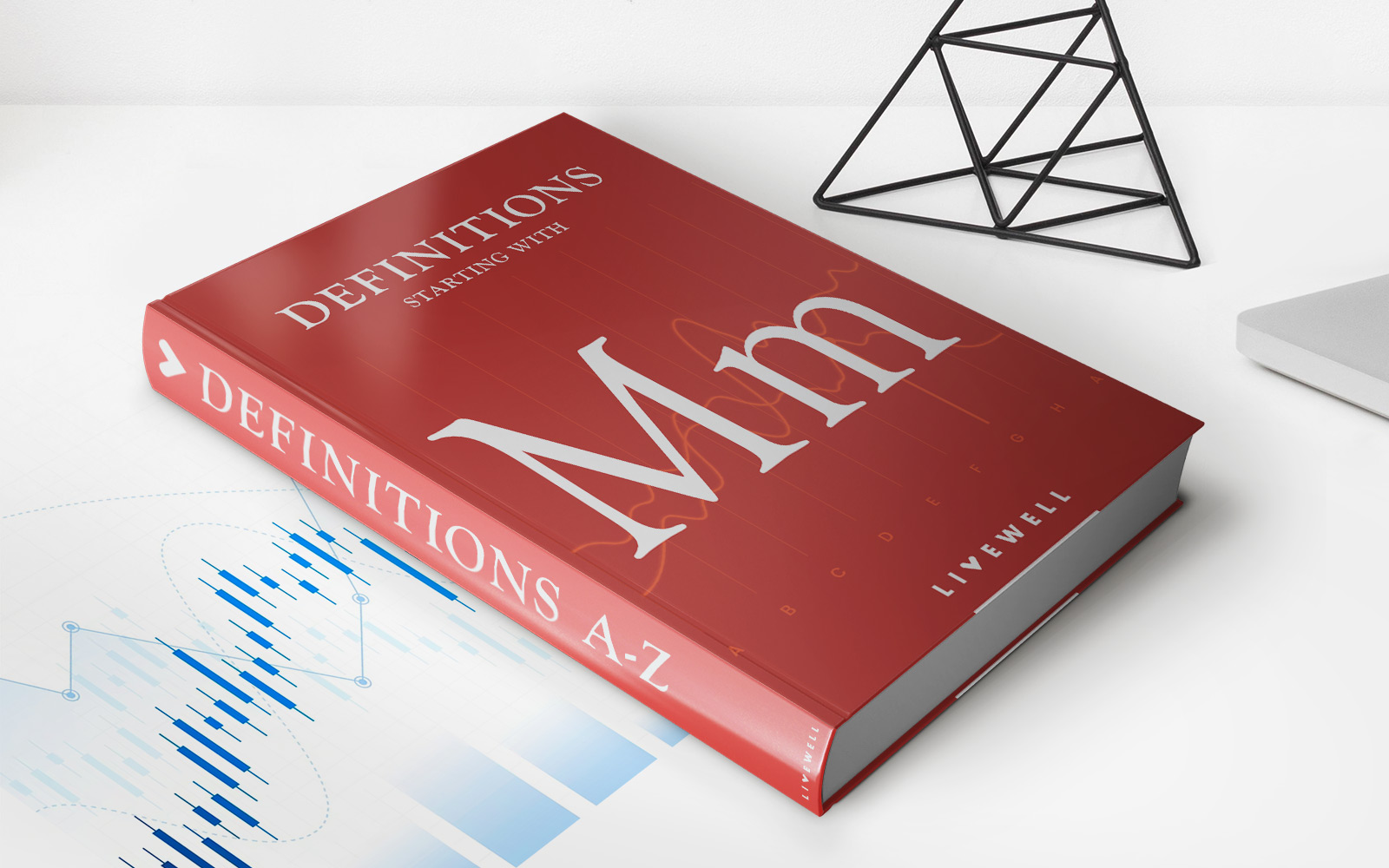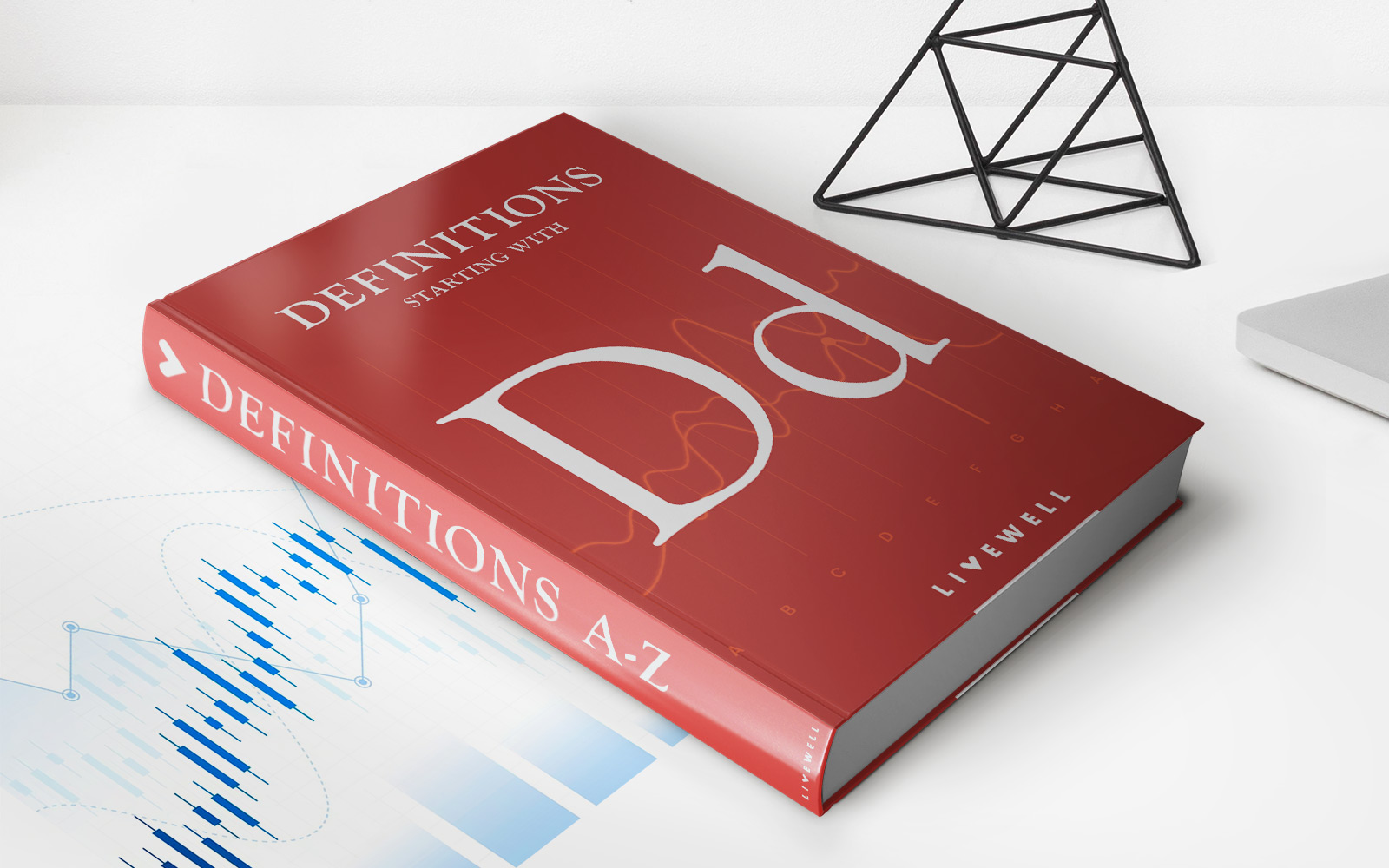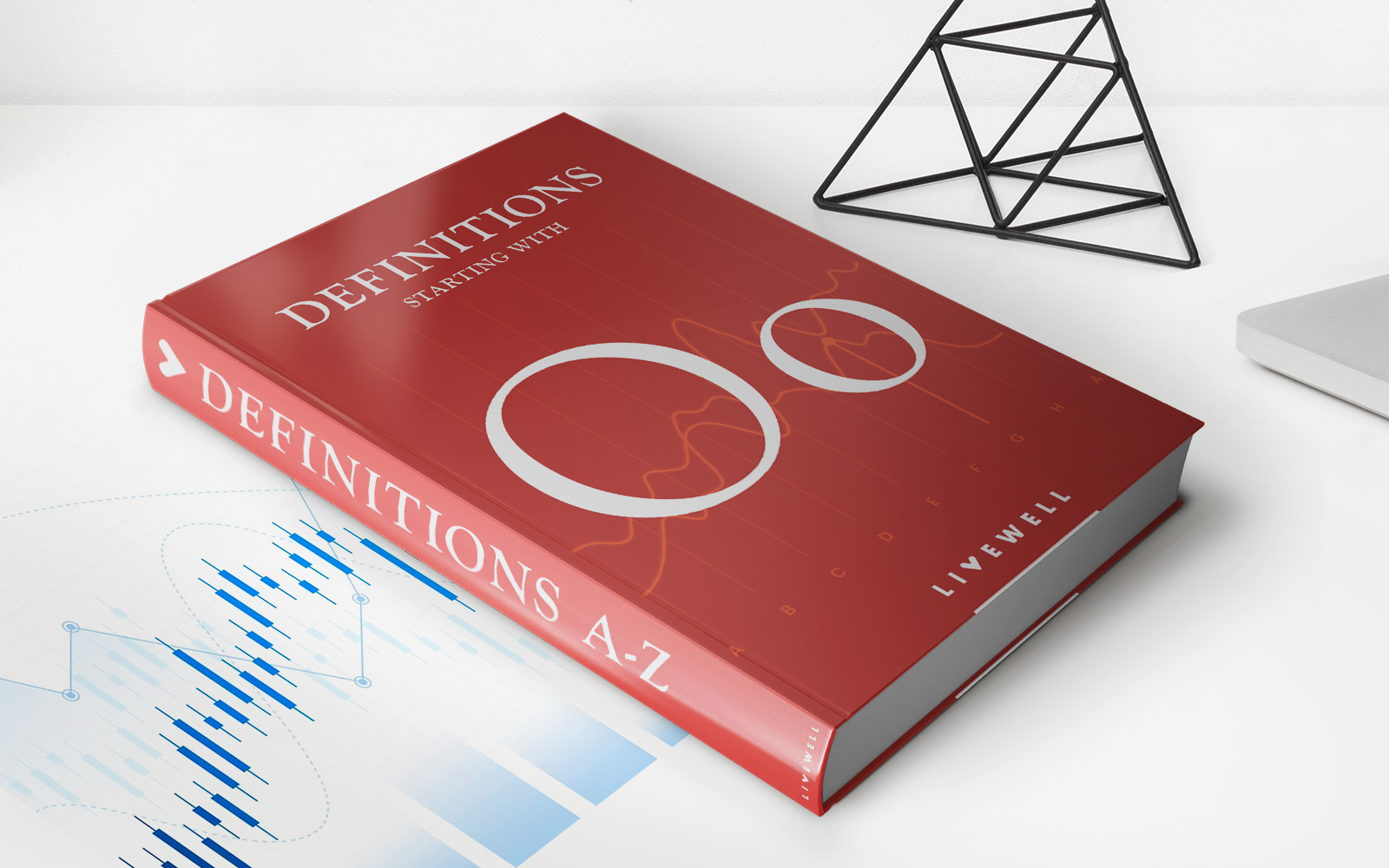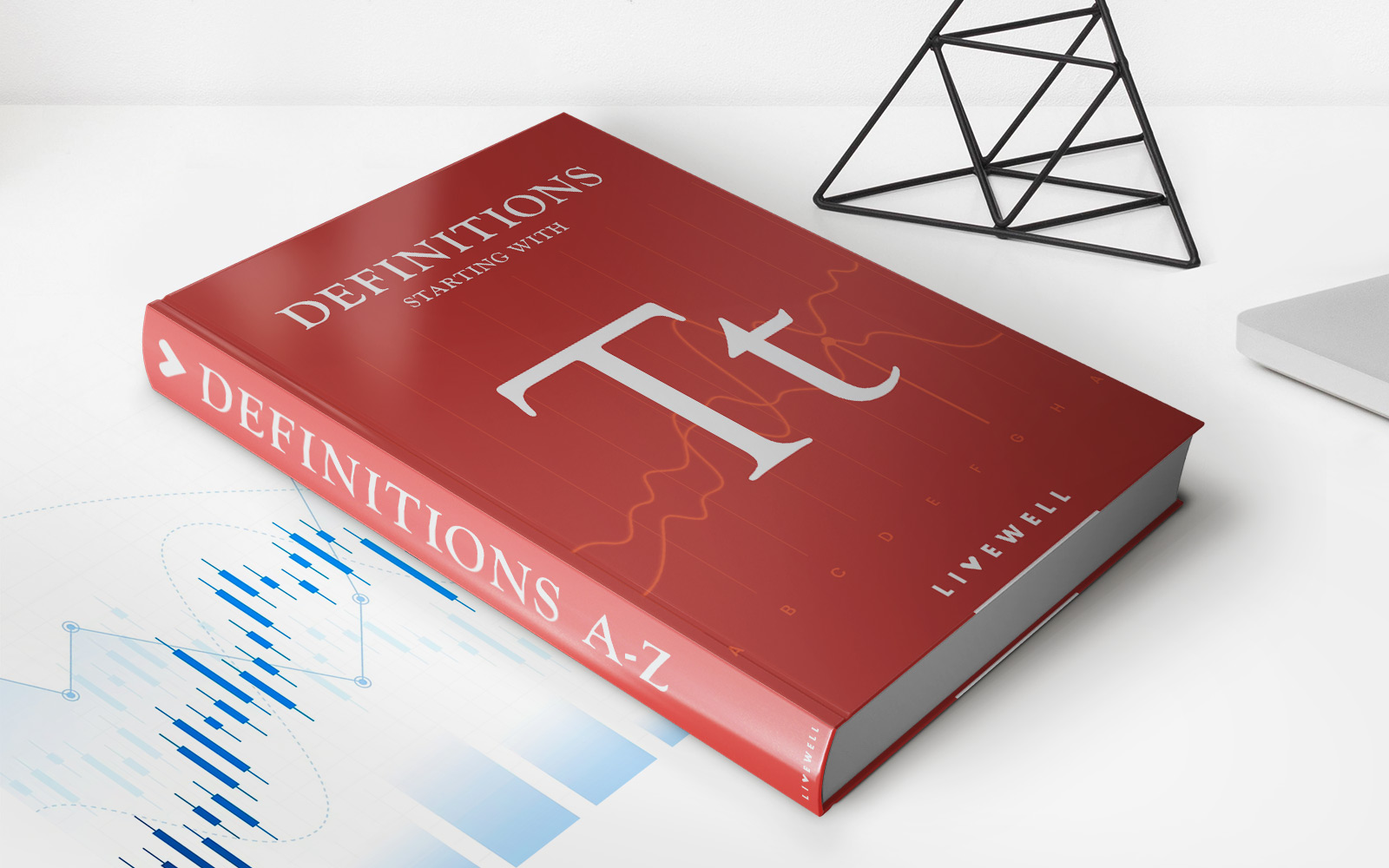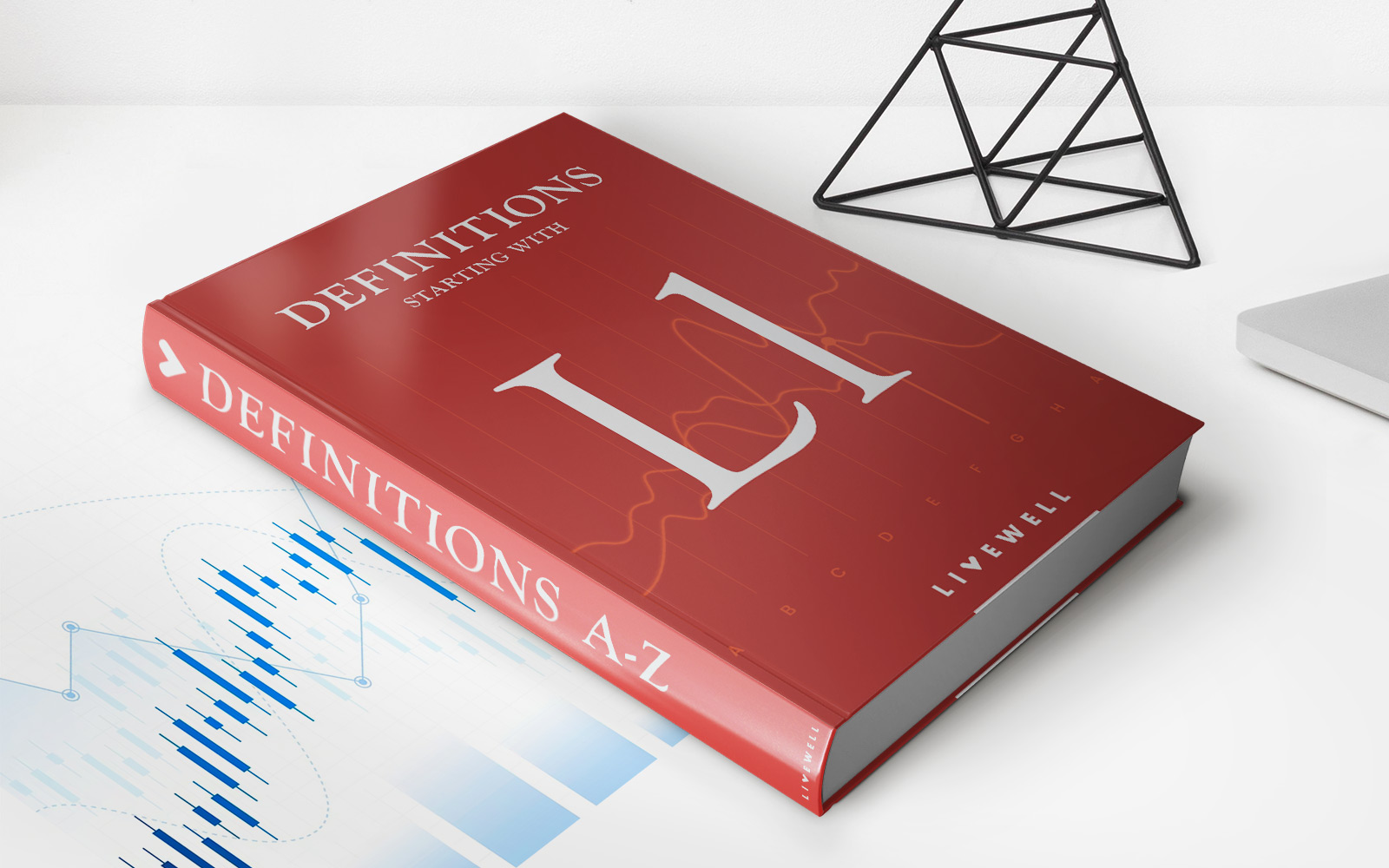Home>Finance>Offering Memorandum: Definition, Example, Vs. Prospectus
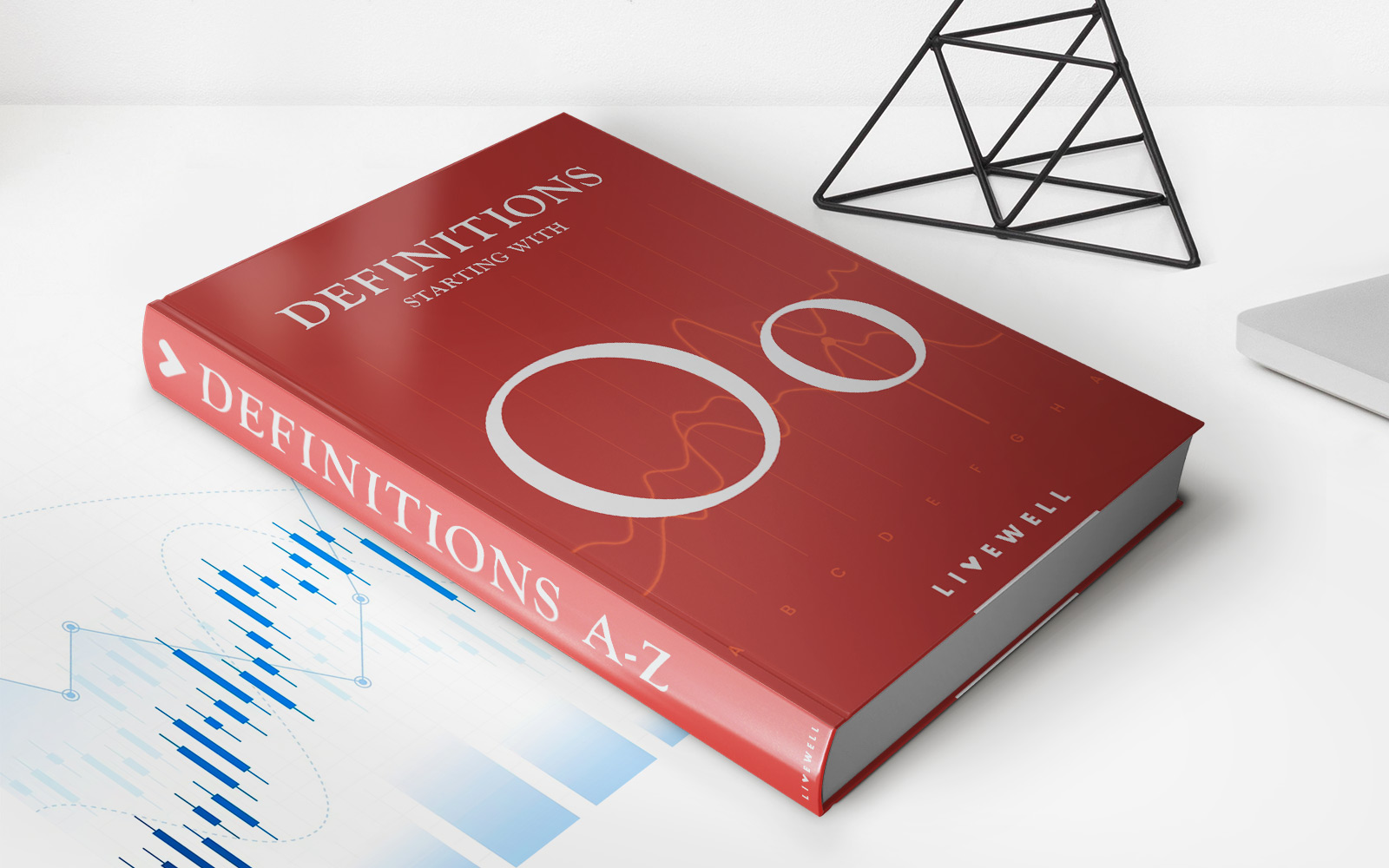

Finance
Offering Memorandum: Definition, Example, Vs. Prospectus
Published: January 2, 2024
Learn the definition of offering memorandum, see an example, and understand the difference between an offering memorandum and a prospectus in finance.
(Many of the links in this article redirect to a specific reviewed product. Your purchase of these products through affiliate links helps to generate commission for LiveWell, at no extra cost. Learn more)
Offering Memorandum: Definition, Example, Vs. Prospectus
When it comes to the world of finance, there are numerous terms and concepts that can be overwhelming for individuals who are not well-versed in the industry. One such term is an Offering Memorandum. In this blog post, we will provide a clear understanding of what an Offering Memorandum is, provide an example, and discuss how it differs from a Prospectus. So, if you’ve been curious about this finance jargon, keep reading to gain a deeper insight.
Key Takeaways:
- An Offering Memorandum is a legal document that outlines important information about a specific investment opportunity.
- It serves as a disclosure document for potential investors, helping them make informed decisions.
What is an Offering Memorandum?
An Offering Memorandum is essentially a detailed legal document that provides comprehensive information about an investment opportunity. It serves as a disclosure document, highlighting key details, and potential risks associated with the investment. Offering Memorandums are commonly used for private placement transactions, where a company seeks to raise capital from a select group of investors.
Investors often use an Offering Memorandum to assess the potential returns and risks associated with an investment. This document presents detailed information about the company’s financials, management team, business strategies, market analysis, and other relevant information.
It’s crucial to note that an Offering Memorandum is subject to a specific set of regulations and requirements to ensure transparency and protect investors’ interests. The contents may vary based on local securities regulations and the specific nature of the investment opportunity.
An Example of an Offering Memorandum
To better understand what an Offering Memorandum might look like, let’s consider an imagined example:
[Company Name] is a technology startup seeking to raise capital to expand its operations. The Offering Memorandum for their investment opportunity would include:
- Detailed information about the company’s background, mission, and vision
- Executive summary outlining the investment opportunity
- Financial statements and projections
- Market analysis and competitive landscape
- Overview of the management team and their expertise
- Potential risks associated with the investment
- Terms and conditions for investors
This example highlights some of the key elements you might find in an Offering Memorandum. However, it’s important to remember that the actual contents may differ based on the specific industry, nature of the investment, and local regulatory requirements.
Offering Memorandum vs. Prospectus: What’s the Difference?
An Offering Memorandum and a Prospectus are both disclosure documents used in the investment world. While they serve similar purposes, there are some key differences between the two:
1. Purpose:
- An Offering Memorandum aims to provide detailed information about the investment opportunity to prospective investors.
- A Prospectus is primarily used for public offerings and aims to provide comprehensive information to potential investors in the general public.
2. Regulations:
- An Offering Memorandum is regulated under private placement exemptions and specific securities regulations.
- A Prospectus is typically regulated under securities regulations for public offerings, which may require a more extensive review process from regulatory authorities.
3. Audience:
- An Offering Memorandum is targeted at a select group of potential investors, typically individuals or institutions with existing relationships with the company.
- A Prospectus is aimed at a broader audience, including individual retail investors who may have no prior relationship with the issuing company.
Understanding the differences between an Offering Memorandum and a Prospectus is vital, as it helps investors determine which document provides the relevant information they need to make informed investment decisions.
Conclusion
Offering Memorandums play a crucial role in the world of finance, particularly in the realm of private placements. These documents provide potential investors with the necessary information to evaluate the investment opportunity and make informed decisions. In contrast, Prospectuses serve a similar purpose but are primarily used in public offerings. By distinguishing between the two, investors can better understand the disclosure documents and navigate the intricacies of the investment landscape.
